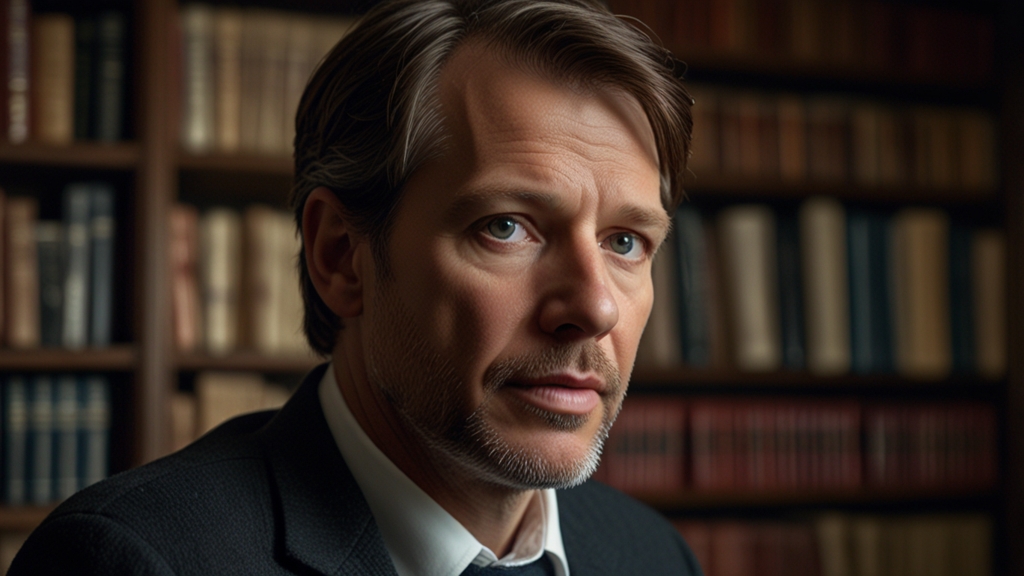The Cold War: A Timeline of Tension and Conflict
The Cold War, a period of geopolitical tension between the Soviet Union and the United States along with their respective allies, lasted from the end of World War II in 1945 until the dissolution of the Soviet Union in 1991. This era was marked by a series of events that threatened international peace and stability, although it stopped short of escalating into a full-scale war. Below is a timeline highlighting key moments that defined this protracted conflict.
1945-1949: The Formation of Rival Alliances
The seeds of the Cold War were sown in the closing days of World War II. The distrust between the Soviet Union and its wartime allies, primarily the United States and Great Britain, soon became evident. In 1945, the Yalta and Potsdam conferences revealed stark disagreements over the political future of Eastern Europe.
"An iron curtain has descended across the continent." - Winston Churchill, 1946
By 1947, the U.S. had announced the Truman Doctrine, pledging support to countries resisting Communist influence. In response, the Soviets solidified their control over Eastern Europe, culminating in the establishment of the Eastern Bloc. The Berlin Airlift in 1948-1949 was a critical early confrontation, symbolic of the East-West divide.
1950-1953: The Korean War
The Korean War (1950-1953) marked the first major armed conflict of the Cold War. North Korean forces, backed by China and the Soviet Union, invaded South Korea, leading to a United Nations-sanctioned intervention led by the United States. The war ended in a stalemate, further entrenching the division between North and South Korea and symbolizing the ongoing global struggle between communism and capitalism.
1957-1962: The Space Race and the Cuban Missile Crisis
In October 1957, the Soviet Union launched Sputnik, the first artificial satellite, marking the beginning of the Space Race. The United States responded with significant investments in technology and education, leading to NASA's creation in 1958. This competition extended into areas of defense, notably the development of intercontinental ballistic missiles (ICBMs).
"We choose to go to the Moon in this decade and do the other things, not because they are easy, but because they are hard." - John F. Kennedy, 1962
The Cuban Missile Crisis of 1962 was perhaps the closest the world came to nuclear warfare. The discovery of Soviet missiles in Cuba, just 90 miles from the U.S. coastline, led to a tense 13-day standoff. The crisis ended when the Soviets agreed to remove their missiles in exchange for the U.S. promising not to invade Cuba and secretly removing American missiles from Turkey.
1965-1975: The Vietnam War
The Vietnam War represented another intense and costly conflict of the Cold War era. The United States intervened to support the South Vietnamese government against the communist North Vietnamese and their allies. The war, which saw extensive military engagement and significant loss of life, highlighted the lengths to which both sides would go to influence global politics. The fall of Saigon in 1975 marked the end of U.S. involvement and a significant victory for communism in Southeast Asia.
1980-1989: A New Era of Tensions and Arms Reduction
The 1980s saw renewed tensions termed the "Second Cold War" under U.S. President Ronald Reagan, who increased defense spending and adopted a more assertive stance against the Soviet Union. However, the decade also witnessed significant movements toward arms reduction. The Intermediate-Range Nuclear Forces Treaty (INF) signed in 1987 was a turning point, leading to the elimination of an entire class of nuclear weapons.
The rise of Mikhail Gorbachev in the Soviet Union ushered in reforms like Perestroika (restructuring) and Glasnost (openness), which aimed at revitalizing the Soviet economy and society.
1990-1991: The End of the Cold War
The Cold War effectively ended in 1991 with the dissolution of the Soviet Union, marking the collapse of one of the two superpowers that had dominated global politics for nearly half a century. This period saw the fall of the Berlin Wall in 1989, the reunification of Germany, and the liberalization of Eastern Europe, marking a profound shift in international relations dynamics.
"Mr. Gorbachev, tear down this wall!" - Ronald Reagan, 1987
The Cold War era was a complex period characterized by ideological battles, proxy wars, and an arms race that shaped the second half of the 20th century. Despite the absence of direct conflict between the United States and the Soviet Union, the long decades of tension left an indelible mark on global history, some effects of which are still felt today.







